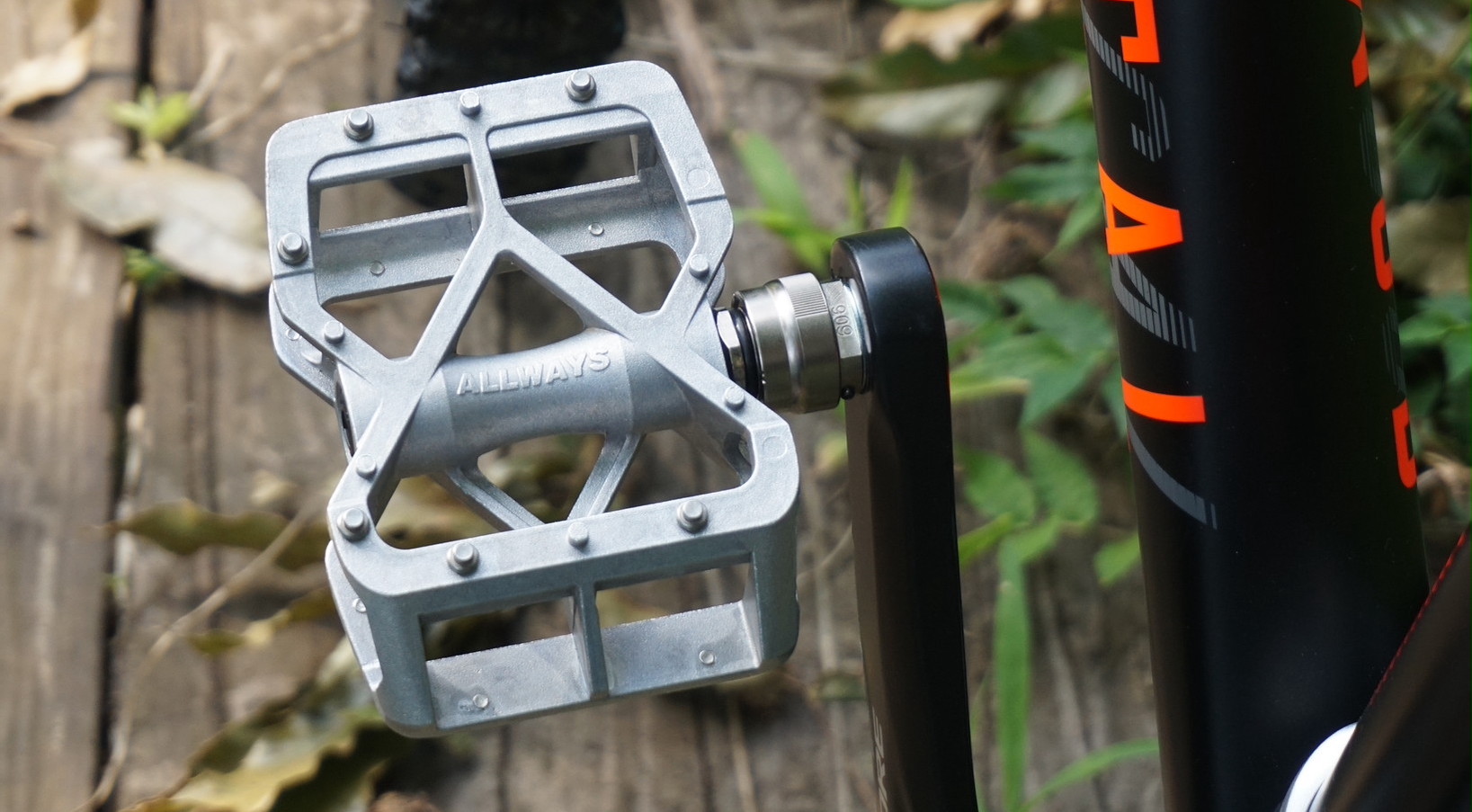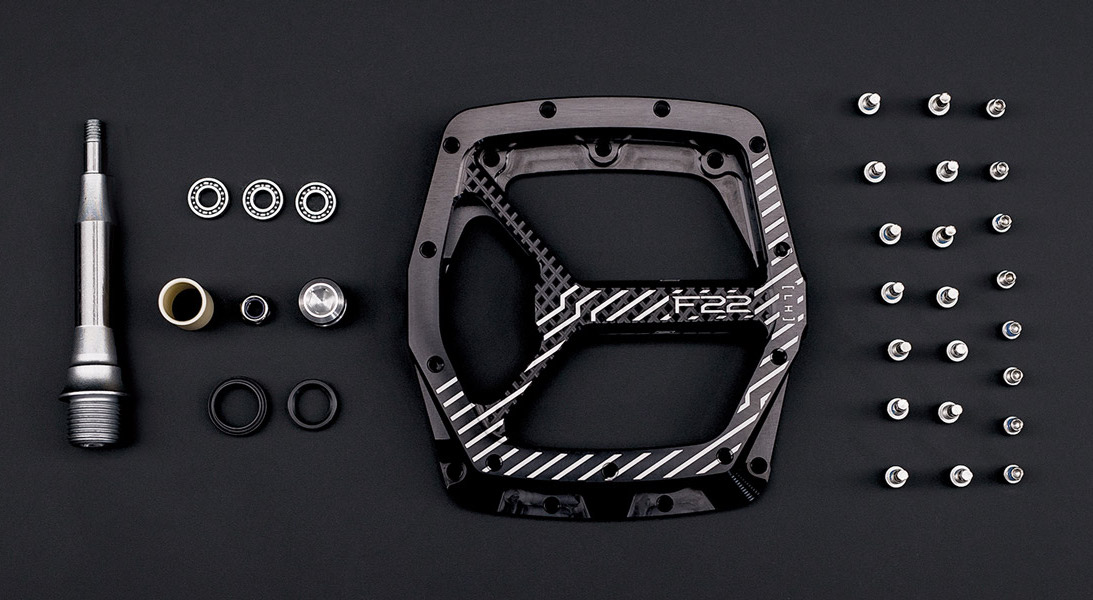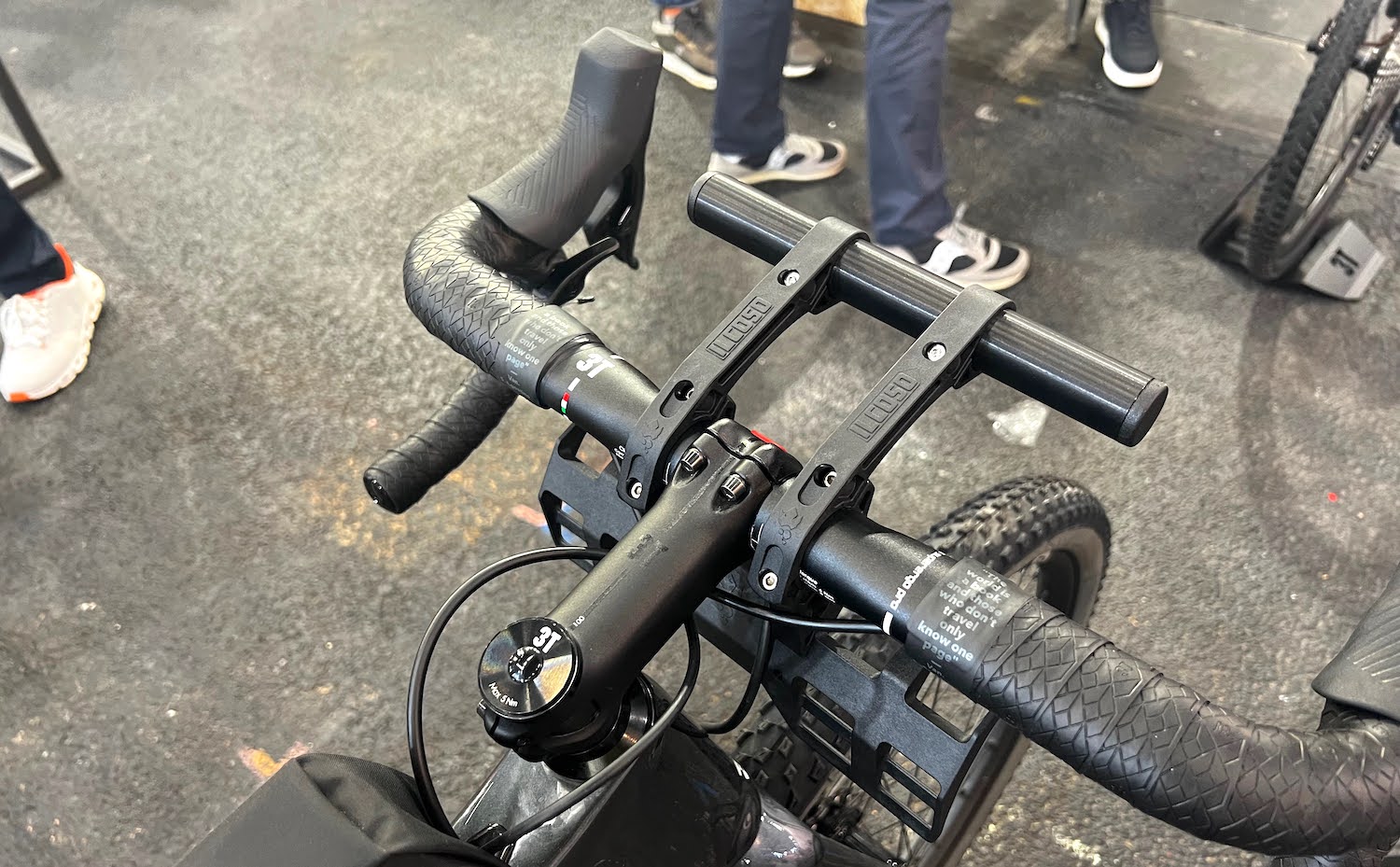Table of Contents
The recent popularity of bike travel is turbocharging bikepacking gear innovation.
I’ve been working on a lot of long-form, highly-researched articles of late, which has meant I’ve had less time to highlight cool new bikepacking products.
Here are a handful of new bikepacking products that you need to know about!
Velo Orange Crazy Bar V2
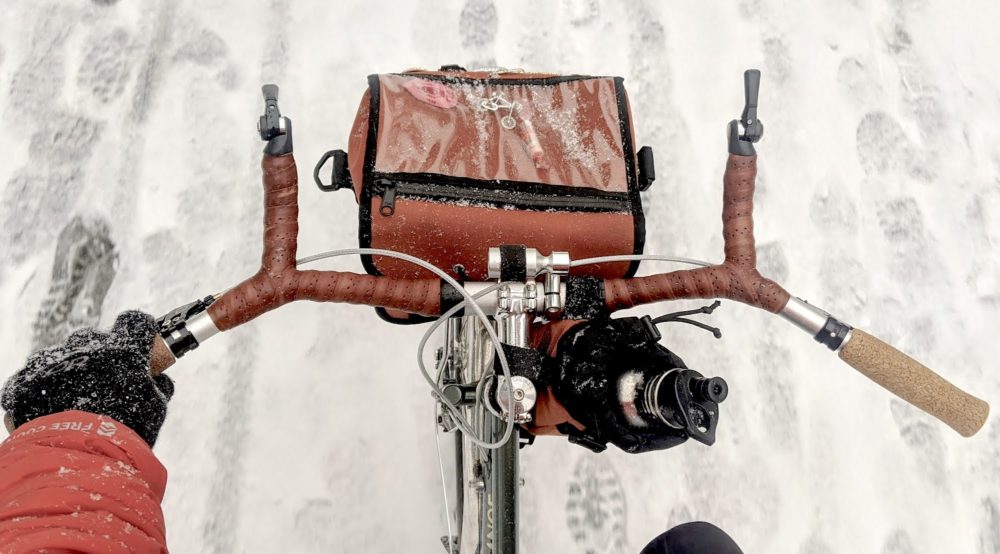
I’ve extensively used the original Velo Orange Crazy Bar, including over 20,000km of South American off-road adventures. From the very first moment I used them, I loved having bullhorns for the open road, and a wide, sweptback grip section for anything off-road.
But the Velo Orange Crazy Bar wasn’t perfect.
I found the 45-degree grip section would make my hands numb after a while, the bullhorns were too long to access, and the bar tops felt a bit weird given they didn’t have any forward or back sweep.
In the end, I helped to develop the KOGA Denham Bars, which (I think) did a perfect job at addressing these concerns – you can read about the design of the Denham Bars HERE.
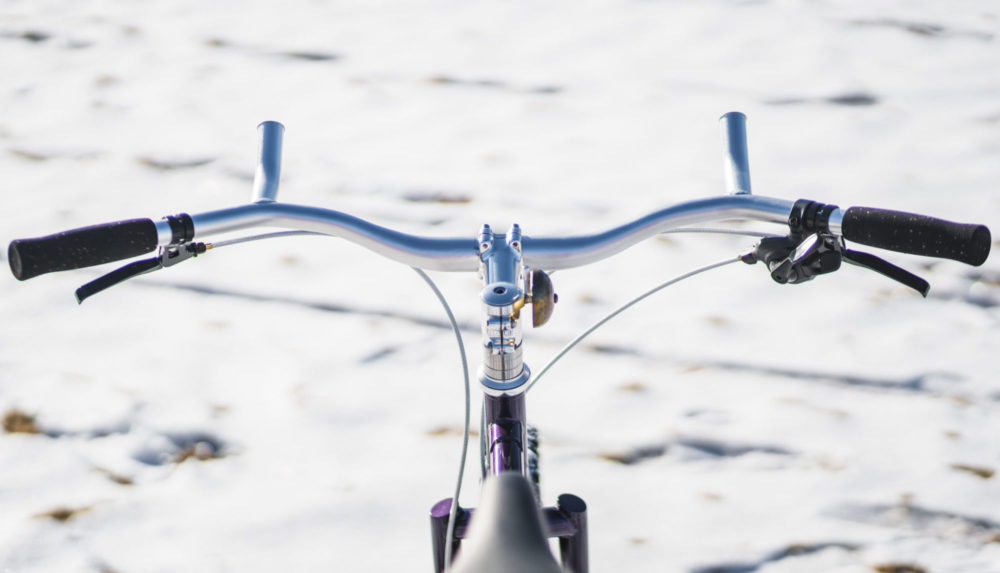
Velo Orange is now back with the Crazy Bar V2. Here’s how it compares to the KOGA Denham Bars:
1) You’ll get about 10% more steering leverage to manoeuvre your front luggage, thanks to the 780mm width. The higher leverage means they will work best when paired with a slower steering mountain bike frame, rather than a quicker steering drop bar frame. They also won’t be as useable in narrow, urban areas.
2) You’ll get a 40mm higher riding position thanks to the additional rise.
3) You’ll get 20mm more space between the bullhorns (420mm wide).
4) You’ll get 1-degree more back sweep at the grips (35-degrees).
It’s great to see a bunch of things I prefer about the KOGA Denham Bars baked into these new bars. The shorter bullhorn length and reduced back sweep will make the hand positions less extreme (and far more usable) compared to the original bar.
Make sure to try some Ergon GC1 grips with this handlebar – they are the best grips for a swept-back bar, in my opinion.
kLite Ultra Road LD Dynamo Light

kLite is an Australian company producing dynamo lights and USB chargers on a small-scale. The advantage of an electronics business of this size is that it can constantly innovate – in fact, the kLite Bikepacker Ultra V2 is already regarded as the best off-road dynamo light that money can buy.
The Bikepacker Ultra V2 is also the brightest dynamo light available (by a large margin), putting out an estimated 1300 lumens at higher speeds.
The downside to a super-bright dynamo light is that it also has a higher drag that will rob you of some speed. The Bikepacker Ultra V2 has 7-15 watts of drag at 15kph, which means it could be consuming more than 10% of your pedal power propelling you forward.
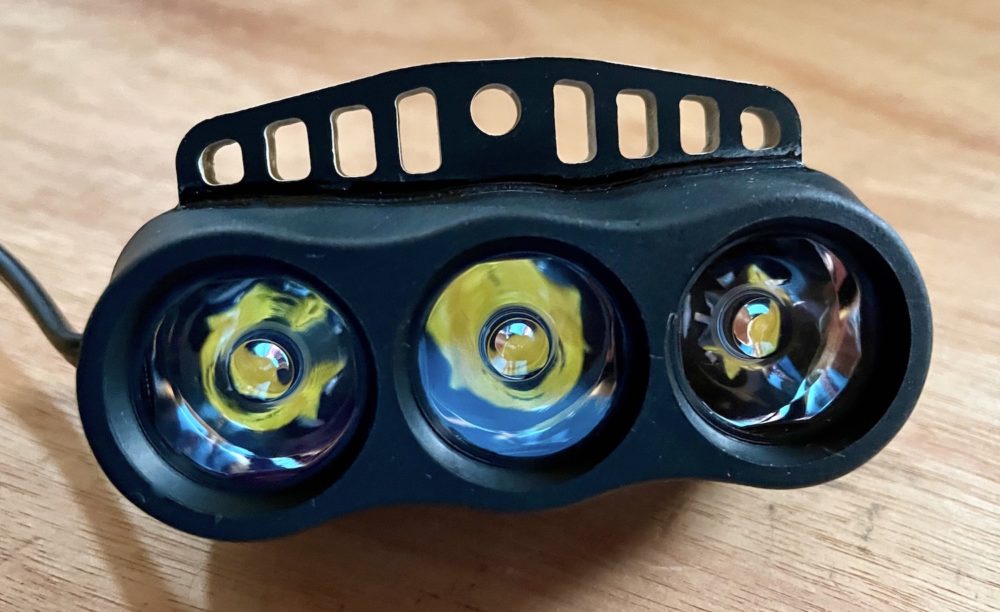
New for 2021 is a low-drag model with a road beam shape. The kLite Ultra Road LD has been designed for ultra racing events like the Transcontinental Race or Trans America. It has 62% less drag than the off-road light, which brings its drag figures to a similar level to other high-powered road lights (eg. Busch & Muller IQ-X).
In addition, you can reduce the drag by another ~25% (at 15kph) by using a Schmidt SON Delux hub.
Needless to say, the beam shape has been optimised for road riding, featuring a longer and narrower shape. You can even use a bar switch to access a “dim” mode, which will reduce the drag further for the times when there is enough street light available.
You can read my resource about dynamo lights HERE.
Cane Creek eeSilk Suspension Seatposts
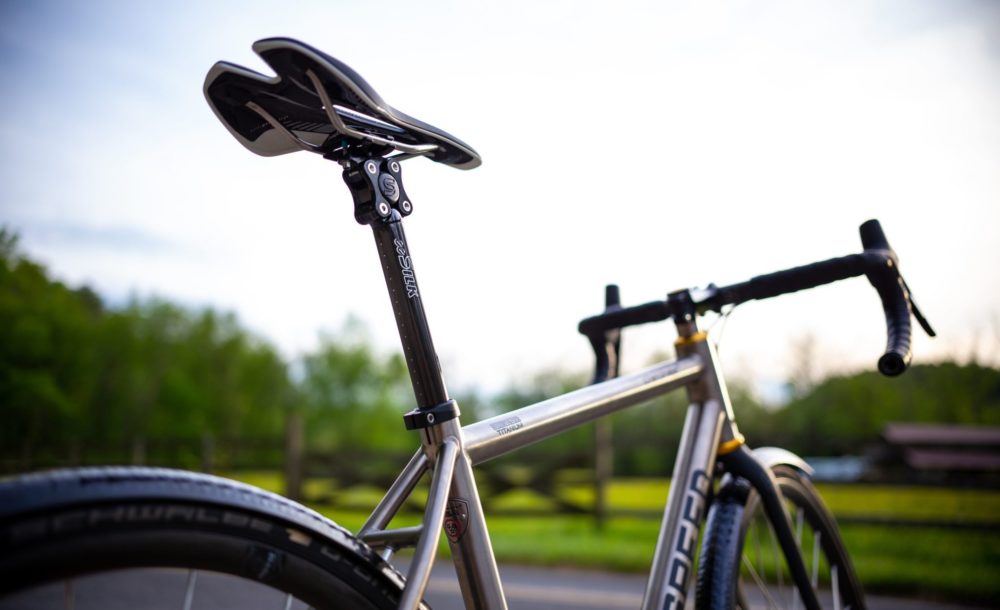
I’ve been using the Cane Creek eeSilk suspension seatpost for the last two years.
If you haven’t heard of this post before, it’s designed to both dampen vibrations and absorb bigger hits from the road thanks to its 20mm of vertical compliance.
The spring rate and damping are achieved using a small elastomer, of which there are five different spring rates to choose from. Swapping them out takes just a minute or so.
The best thing about the eeSilk is that you barely notice it smoothing out the bumps underneath you. Compared to coil-spring suspension seatposts, which are noticeably springy/active underneath you, the rebound rate of an elastomer post is slower, resulting in a more ‘muted’ ride feel.
The downsides to elastomers are that they aren’t quite as active over fast repetitive bumps and they do not work as well in sub-zero conditions (the elastomer material gets harder).
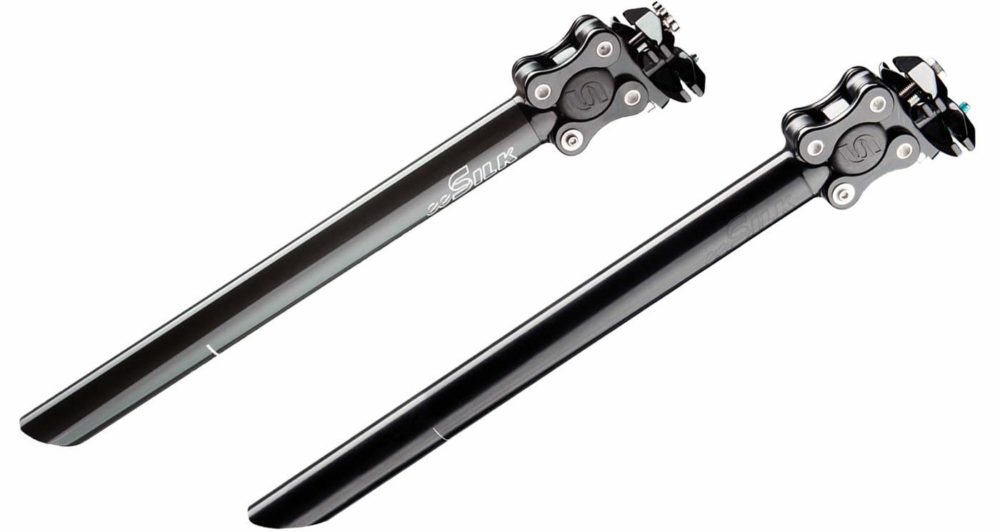
Cane Creek has just released a newer version of the eeSilk in a carbon and aluminium version. There are a few tweaks to the design, which should make it more durable.
The aluminium eeSilk is also 33% cheaper – it’s US $199. This is an absolute bargain considering how much this part could improve your ride comfort.
For $100 more you can get the carbon version which is 50-grams lighter, but I’m not sure the $2 per gram saved is a great value proposition on a bike loaded up with gear…
You can read about seatposts and ride comfort HERE.
Tailfin Aeropack Alloy
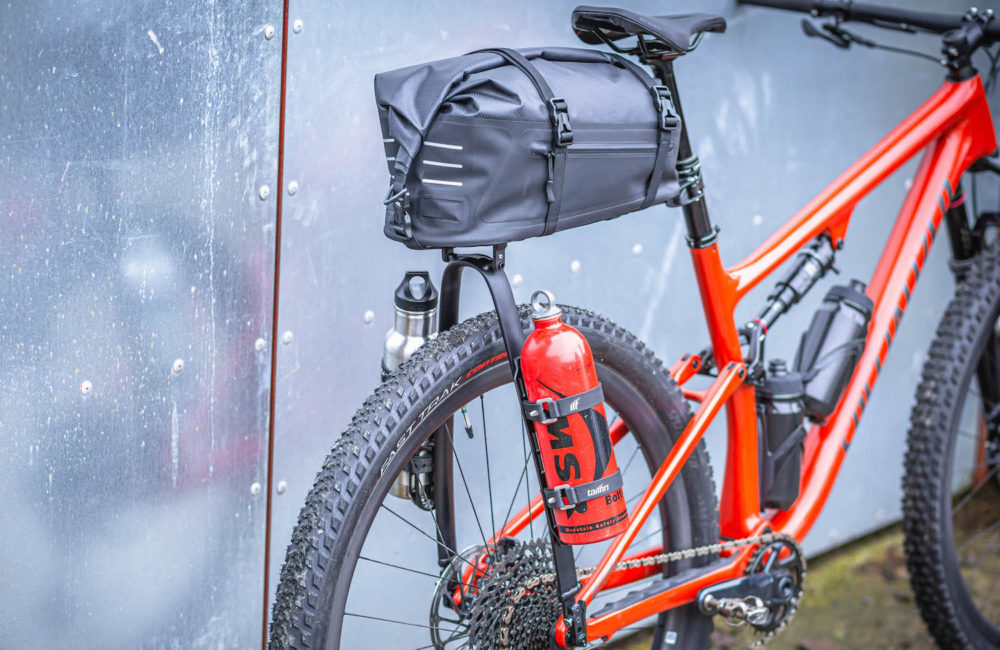
“Alee – nobody needs a Tailfin. You can just get a rack and put a dry bag on it!”
Here’s why I think the Tailfin Aeropack Alloy is still an awesome product:
1. The bag has a rolltop. My favourite bag on my touring bike is my rolltop Ortlieb Rack-Pack that sits above my rear panniers. It’s stocked with the items that I need regularly – usually food, rain gear or warm layers – and I can open and close it in seconds. A dry bag strapped to a rack loses this functionality, so too does a regular bikepacking seat pack.
2. It will fit bikes without any rack mounts (most carbon bikes). The mounting points for the Tailfin rack are a seatpost clamp and some axle mounts. It’s also guaranteed to be stable compared to a bikepacking seat pack (no bag wag when loosely packed).
3. The entire bag and rack are removable from your bike in seconds. This allows you to own a gravel, road or mountain bike that spends most of its time without a rack, but when you want to travel somewhere (or ride to work), you can quickly install the Tailfin Aeropack to your bike.
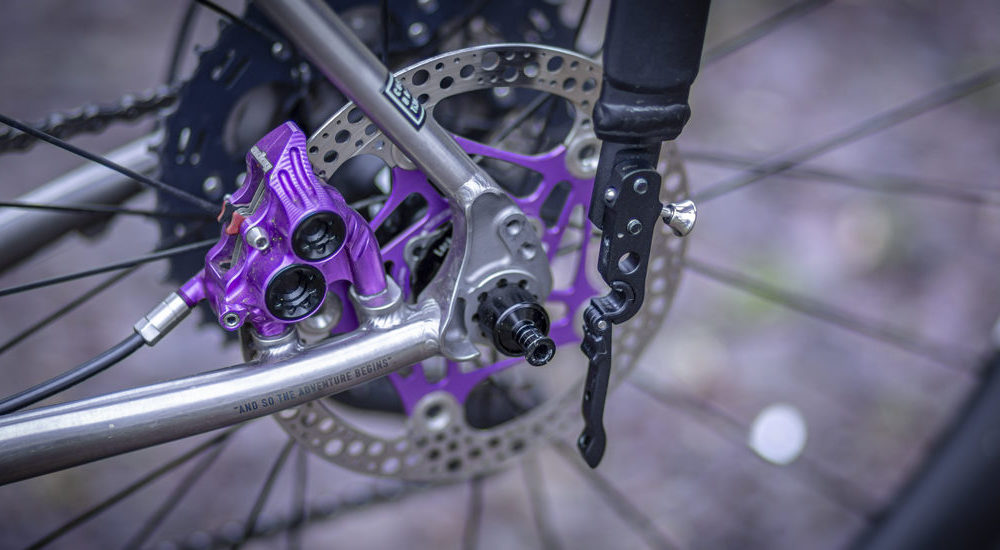
4. There are lots of bag options. The alloy rack has pannier mounts, 3-boss cargo cage mounts and a new rear fuel bottle “AP Mount”. You can essentially dress it up or down with luggage depending on your required capacity. The Tailfin will carry up to 27kg/60lb, which is mighty impressive considering the rack is only about half a kilogram (~1lb).
5. It’s more aerodynamic than riding without it! I’m kind of joking here, but also not. Francis Cade took a Tailfin into a wind tunnel and found that he was 1 minute and 27 seconds faster over a 100km ride, likely because the airflow was separating cleaner behind his body.
Ok, the cost. The Tailfin Aeropack Alloy starts at £189/$259, but can be as expensive as £289/$399 in some configurations. It’s certainly not cheap, but the engineering, design and manufacturing are exceptional on the Tailfin products, in my experience.
You can see my list of stabilized bikepacking bags HERE.



